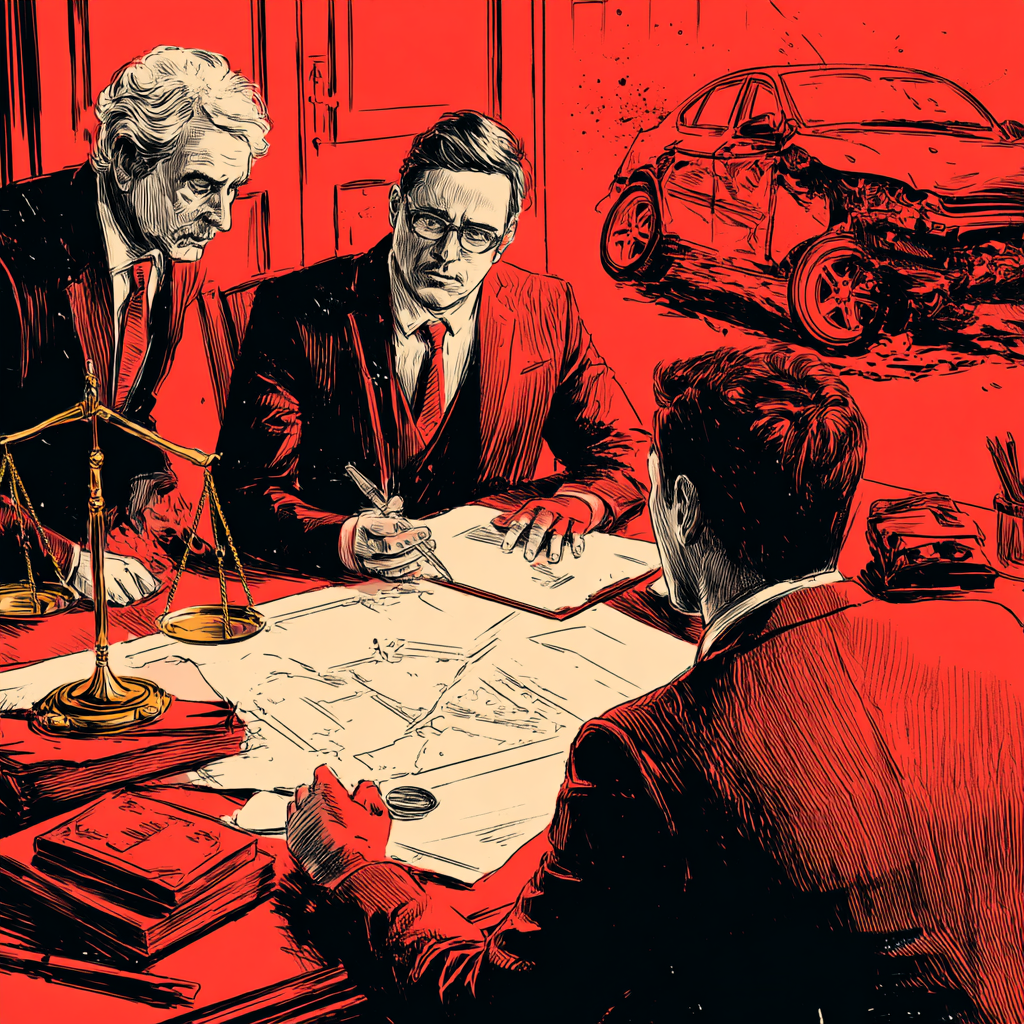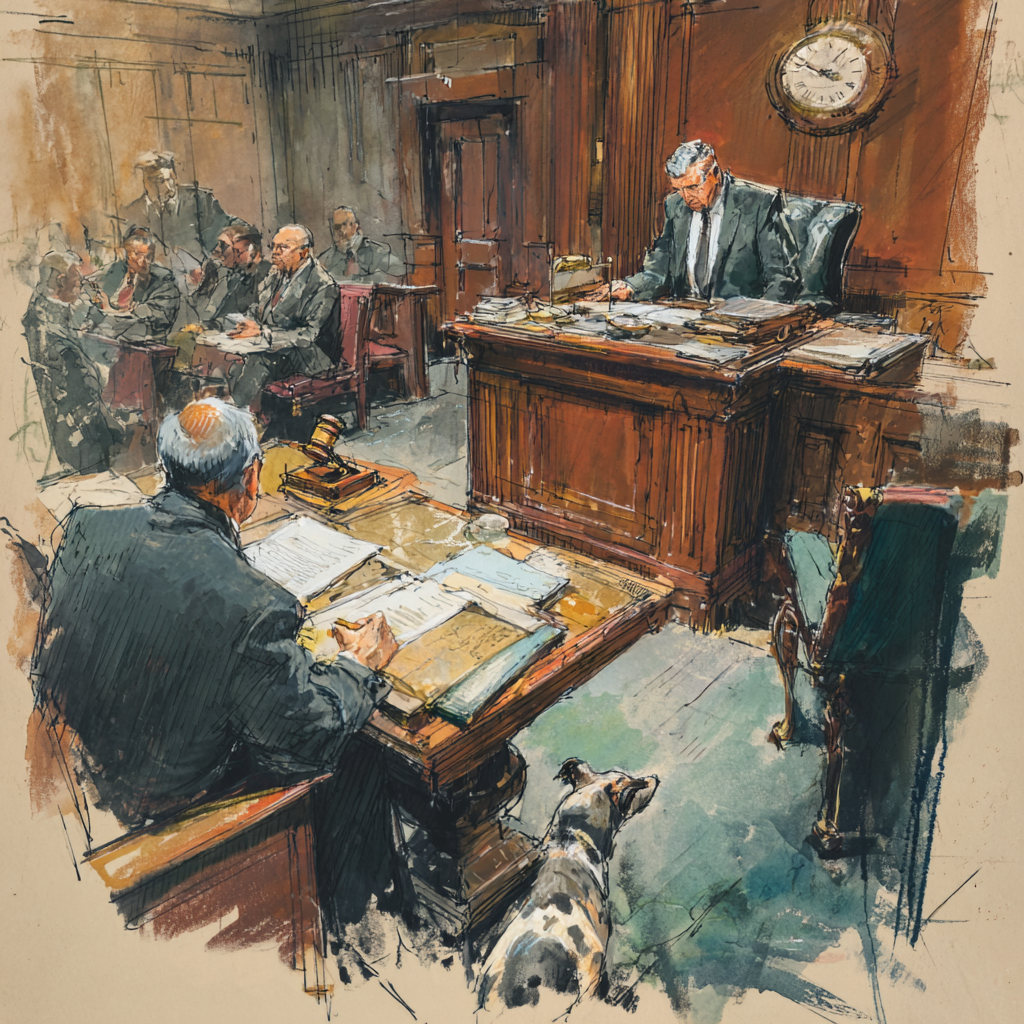Elmont Open MRI & Diagnostic Radiology, PC v New York Cent. Mut. Fire Ins. Co., 2010 NY Slip Op 51588(U)(Dis. Ct. Nassau Co. 2010)
I would put this case in the “be careful what you ask for” category, because the insurance carrier got what it sought. To briefly explain, the insurance carrier filed a summary judgment motion based upon the services lacking medical reasonableness in accordance with a peer review. Plaintiff put in answering papers, bereft of an affidavit of merit.
District court ruled that the denial was timely mailed, but the submissions in support of the summary judgment motion were insufficient to prima facie establish a lack of medical necessity. I will get to this point later.
Somebody filed a notice of trial, a demand for a trial de novo was somewhere filed, and now this matter is on for trial. The insurance carrier seeks to have Plaintiff prove it mailed the claim forms, and to have Plaintiff lay a business record foundation for the admission of the bills into evidence.
At trial, District Court properly forced Plaintiff to lay a business record foundation for the admission of the claim forms into evidence, since Plaintiff never previously cross-moved for partial summary judgment and this issue was never adjudicated. The District Court, however, properly found that the insurance carrier’s summary judgment motion rendered the mailing issue moot. The fact is a summary judgment motion is the functional equivalent of a trial. If an affidavit states a bill was received and was denied, then it is impossible for an insurance carrier to escape that element of a plaintiff’s prima facie case during a later proceeding, i.e., the trial.
But this brings me to the title of my post. In a medical necessity case, an insurance carrier’s properly supported motion for summary judgment, includes the following: the denials, the affidavit of the claims representative indicating proof of receipt of the bill, the mailing of the denial, the IME or peer report and the underlying medical records. This documentary evidence affords the medical provider or injured person all the discovery they need to proceed to trial, provided the summary judgment motion is properly defeated. Furthermore, as seen above, this documentary evidence serves the exact function of verified interrogatories or an unanswered or admitted to Notice to Admit: admission of receipt of the bill and that the claim is overdue.
This now bring me to my last point. Were the MRI’s referred and prescribed by the chiropractor? If they were, then the case law seems to be that the medical reasonableness is determined through the shoes of the referring expert. I discussed this issue in previous posts. The point being that upholding the medical necessity based solely on Dr. Liguori’s medical records seems to be improper and an end around the chiropractor’s referral for the testing. Also, were the reviewed documents provided for in the summary judgment motion? If they were, then summary judgment should have been granted provided: the standard factual basis and medical rationale test was met and the said documents did not negate the peer review, i.e., Hillcrest MRI.
Perhaps this case should be appealed on the latter points?










3 Responses
“[T]he Court found that defendant had established, as a matter of law, that it had issued timely denials of plaintiff’s claims for no-fault benefits.” How does the Court get to this point unless plaintiff established its prima facie case?
Defendant, as the movant, has to prima facie demonstrate its establishment to summary judgment. This would include finding that the denials were timely and valid. Upon this finding, the burden would shift. Assuming that Dan Medical represents the law, then there is an issue as to the genuineness and validity of the no-fault billing forms. So, Plaintiff would still have to prove this element of its prima facie case.
How does the issue of the genuineness and validity escape the scope of Fair Price. To say the burden shifts and plaintiff has to prove that it mailed a bill in and that the bill wasn’t paid, makes no sense at all.